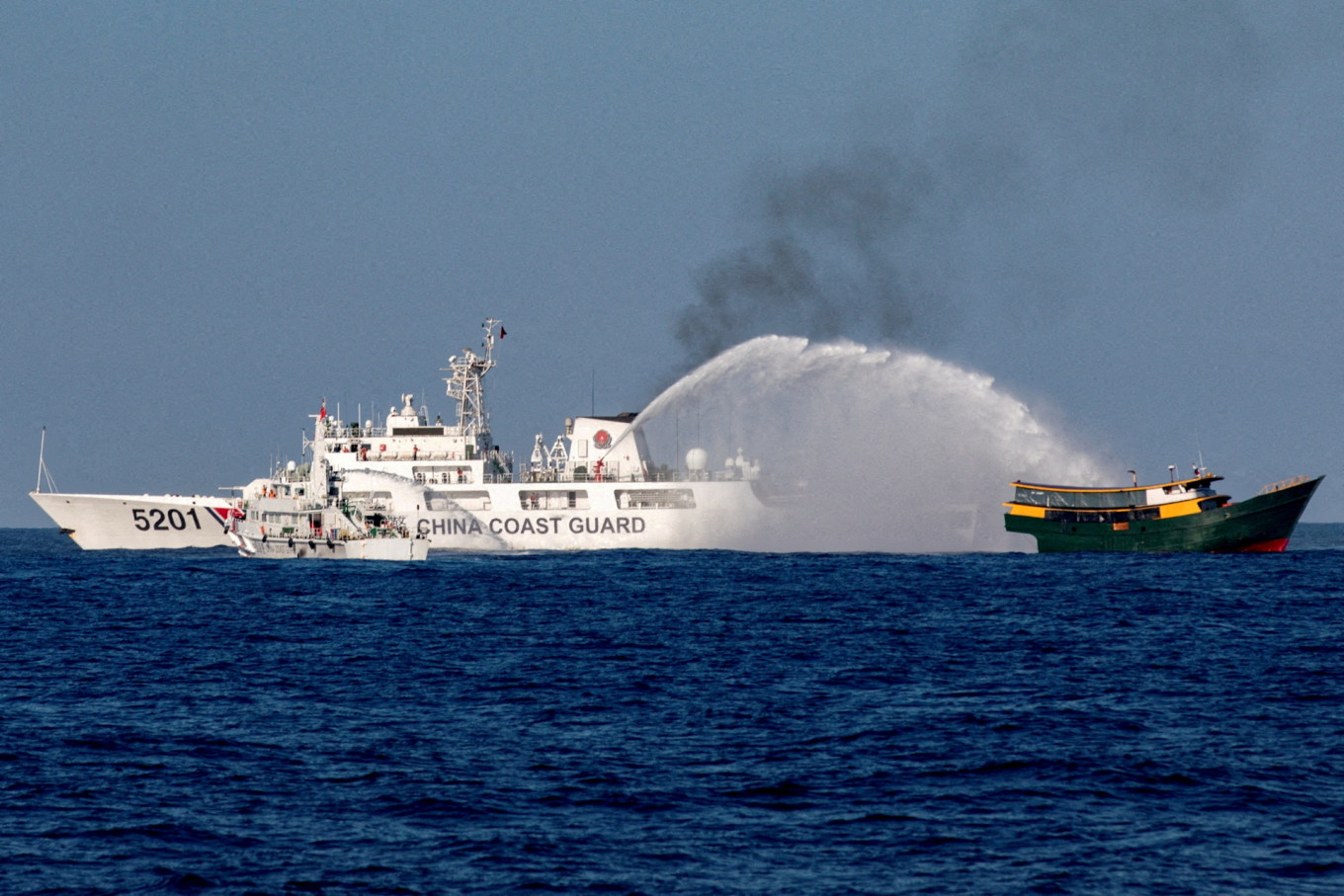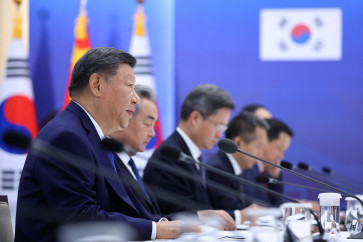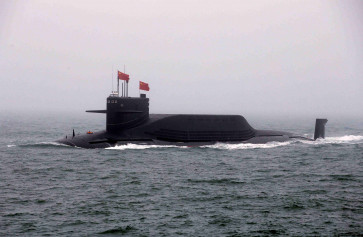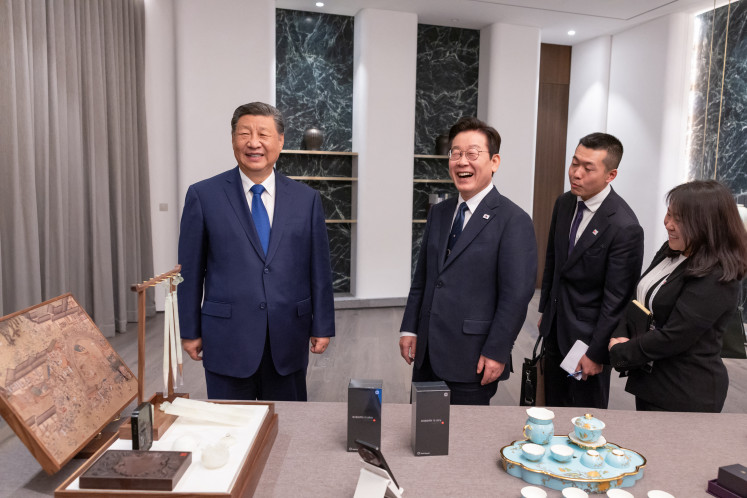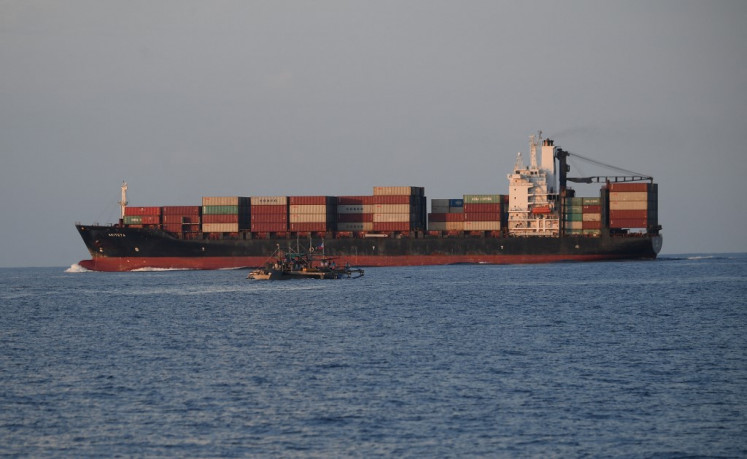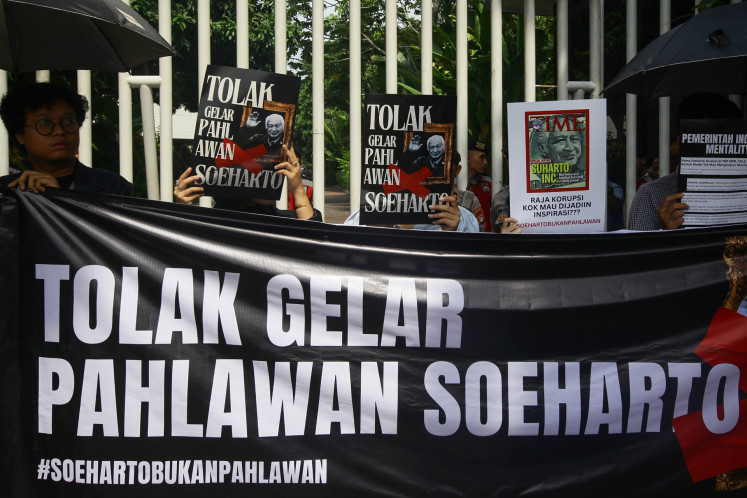Popular Reads
Top Results
Can't find what you're looking for?
View all search resultsPopular Reads
Top Results
Can't find what you're looking for?
View all search resultsWhy the Philippine-Japan defense pact matters
The Reciprocal Access Agreement, or RAA, provides the legal framework for the deployment of Japanese troops and equipment in the Philippines, and vice versa.
Change text size
Gift Premium Articles
to Anyone
M
ore than 70 years after Japan's invasion and occupation of the Philippines during World War II, the countries signed a defense pact on Monday that allows them to deploy troops on each other's soil.
The agreement was finalized during high-level defense talks in Manila and comes as China increases military and diplomatic pressure in the Asia-Pacific region.
Legal framework
The Reciprocal Access Agreement, or RAA, provides the legal framework for the deployment of Japanese troops and equipment in the Philippines, and vice versa.
It took more than seven months to negotiate and will take effect after ratification by lawmakers in both countries.
The agreement allows for increased cooperation in combat training as well as disaster response.
That would include live-fire exercises and joint patrols, said Aries Arugay, visiting senior fellow at the Singapore-based ISEAS-Yusof Ishak Institute.
Under the RAA, the visiting country can request "access to and use of" facilities and areas for joint activities but the host country would retain "overall control".
The RAA does not provide a basis for the establishment of "military facilities in the territory of the other", according to the agreement.
Japan, which hosts 54,000 US military personnel, has signed similar reciprocal access agreements with Britain and Australia but this is its first in Asia.
The Philippines has equivalent pacts with the United States and Australia and plans to pursue one with France.
Manila has a separate agreement with Washington that allows US troops to rotate through and store defense equipment and supplies on nine Philippine military bases.
Security 'latticework'
The Philippines and Japan are longtime allies of the United States, which has been strengthening an arc of alliances in the region to deter China -- infuriating leaders in Beijing.
Monday's agreement was "another layer in the latticework of #IndoPacific security partnerships", US ambassador to Japan Rahm Emanuel said on social media platform X.
"The historic reciprocal access agreement... not only boosts their cooperation and capabilities, but also reinforces our collective deterrence and commitment to a free and open #IndoPacific."
The Philippines has been seeking to boost security ties with other countries in Asia and Europe.
Japan forms part of the Quad grouping with the United States, Australia and India, while members of the AUKUS security pact -- Australia, Britain and the United States -- are considering cooperating with Tokyo on military technology.
Japan stepping up
Long-pacifist Japan is becoming -- with US encouragement -- more assertive in response to China's growing military clout and North Korea's missile activities.
It has pledged to double defense spending to two percent of economic output by 2027 and to acquire "counterstrike" capabilities with US Tomahawk missiles.
Washington and Tokyo announced a major overhaul of defense ties in April, including an upgrade to their command-and-control structures to make them more nimble in a crisis.
Given the uncertainty over US policy towards the region, Japan was "levelling up" to be a strong security partner for its neighbors, said Jay Batongbacal, director of the University of the Philippines' Institute for Maritime Affairs and Law of the Sea.
Ian Hall, professor of international relations at Australia's Griffith University, said that while China will be annoyed by the deal between Manila and Tokyo, the United States will be happy.
"Under both Trump and now Biden, the US has been encouraging its regional allies to cooperate and to take on more of the burden of sustaining regional security. This new RAA assists that process," Hall told AFP.
More equipment
Japan is a key supplier of security equipment and technology to the Philippines, which is in the process of modernizing its armed forces and strengthening its coast guard.
It has delivered 10 44-metre (144-foot) and two 97-meter multi-role response vessels to the Philippine Coast Guard since 2016 and has agreed to provide another five 97-metre ships.
Japan has also delivered five TC-90 trainer aircraft and spare parts for UH-1H helicopters to the Philippine military.
A Japanese-made mobile air surveillance radar system arrived in the Philippines this year and Tokyo has pledged to provide coastal radar systems.
Tokyo's ambassador to Manila, Kazuya Endo, said Thursday that "significant developments" in Japan's defense equipment supplies to the Philippines were in the offing.

